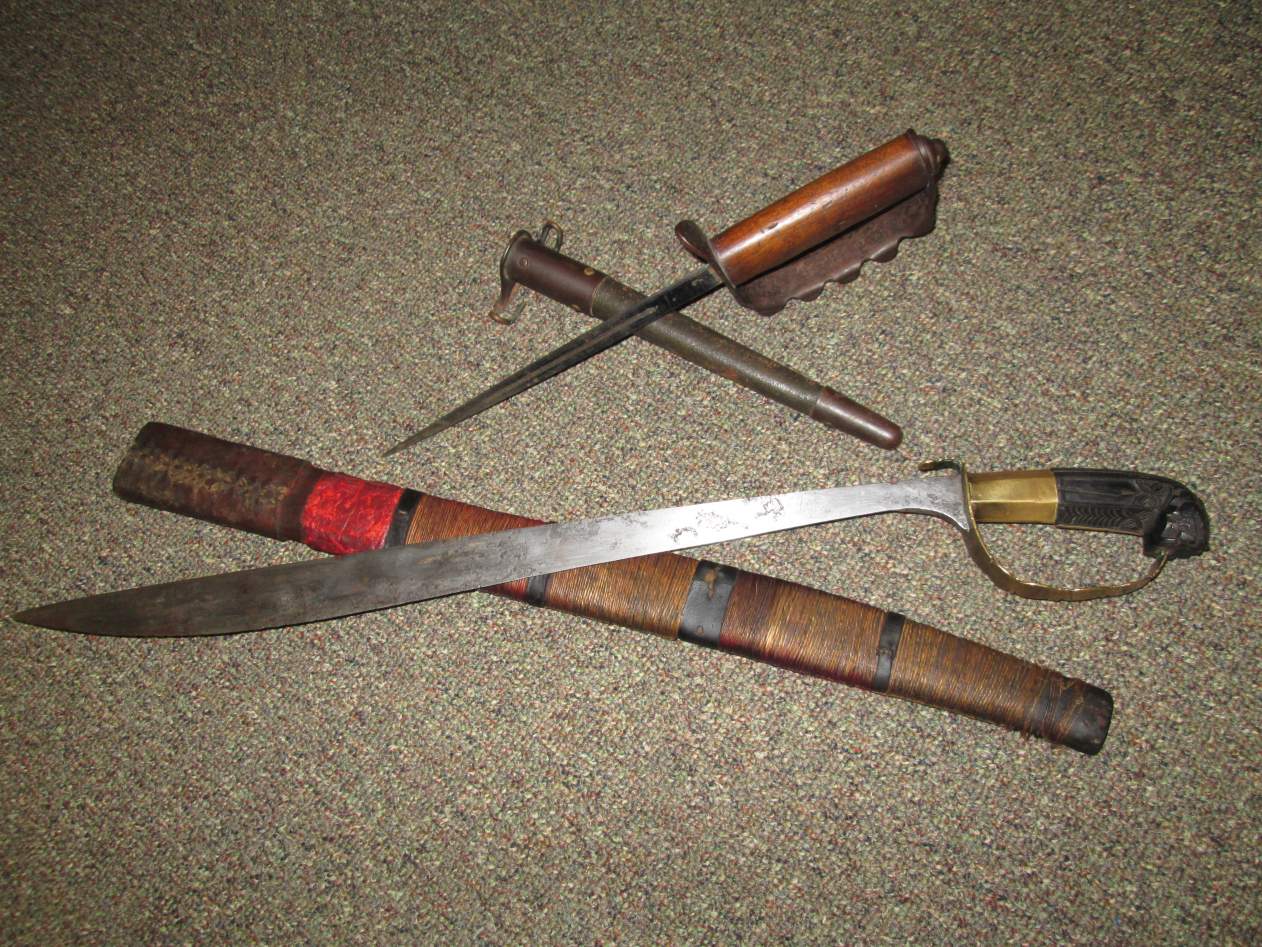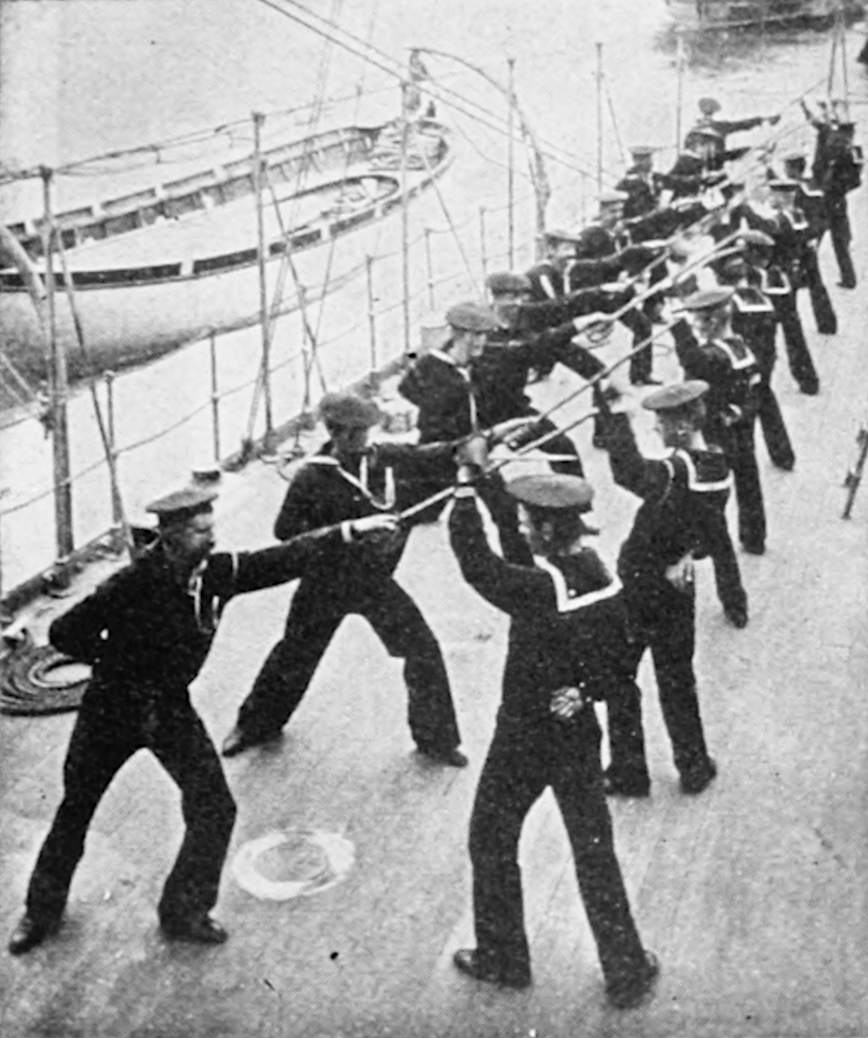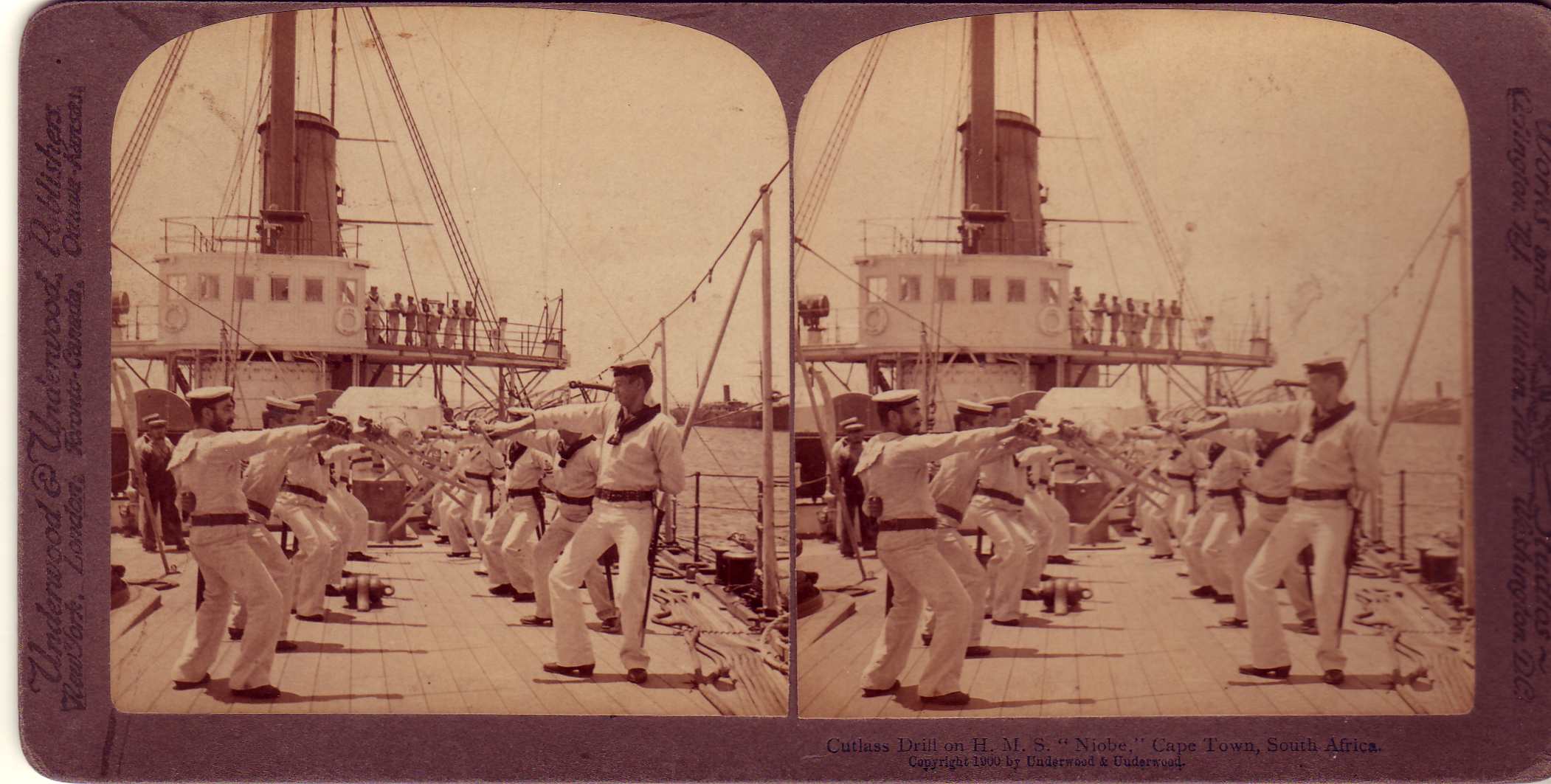Sort of yes, sort of no. British gentlemen did practice fisticuffs, but almost never professionally. They also were huge in the British fisticuffs culture. Indispensable, actually. Without the aristocracy sponsoring fighters and matches, it would not have been possible as we know it.
There was a general push against Boxing in pre-Marquis Rules Britain. But it was mostly from what we would, today, think of as "The Moral Majority" group. It was the same people who wanted to outlaw alcohol. There were several noted defenses and (classical) Apologia of Boxing, particularly from influential aristocracy. One of the reasons that the Marquis wrote his rules was to "civilize" the sport and make it more acceptable to "the Moral Majority."
In the U.S., on the other hand, Boxing (and wrestling of course) was welcomed. Boxing and wrestling were popular pastimes for everyone from the common man through the powerful and famous such as Washington, Lincoln, and Teddy Roosevelt.
Indeed but Teddy was a very unique man. If we were in Ancient Roman times I would have an idol to him as he would be my "House god" lol.
Nah. The fighting man, both military and otherwise, matched unarmed with melee weapons and guns. Lincoln's bodyguard carried pistols, a bowie knife, and a civilian flail weapon called a slungshot. Police carried firearms and melee weapons such as billie clubs, jacks, and slungshot. Same for the "criminal element": Bare hands, guns, knives, clubs, etc. It was common. Still is.
Yes but I am talking formalized martial arts in society as a whole. For some reason those specific realities don't appear to have filtered into "middle america" for lack of a better term. That is largely my issue
My best guess: Less entertainment value combined with a general misunderstanding of what real fighting is.
Agreed, hence why I also think popular culture has a big influence.
I properly named him in my last post. Are you familiar with
Danny Xuan | eWingChun. However contrary to that brief bio he is back in Canada now. Teaching small classes and closed door training from what I know. I only know him from his book "The Tao of Wing Chun" but I did quote him in the prior post as he explains what he saw as the cause of the decline of Martial Arts in China in the late 19th and early 20th Century.
Well, yeah. Of course. But it was also pretty well understood that 1) civilian fighting was different from military fighting and 2) civilian fighting not only didn't go away, it's actually more common.
It is more common now, in terms of formal martial arts. My point is that, specifically and only in terms of societal mass appeal, there was a "dark age" of sorts in the West that slowly began in the 1500's, accelerated with the industrial revolution, and then saw a "roll back" in the post WWII era.
In the Western martial arts world? I've read them. I have good friends writing them. I've written some myself.

oh they certainly exist but again as a "niche" genre, I am talking about what would, for lack of a better term be the "mass paper back" sales, New York Times best sellers list etc. They again have certainly seen a resurgence in the post WWII era but that "drought" of mass appeal that lasted a couple centuries did have an effect.
Yeah, you could say that I'm familiar with Bartitsu.
I want to become familiar with it. There is a gentleman who gives demonstrations regularly near me BUT he doesn't run a formal school from what I have heard and instead just does demonstrations and private training.
Mark Donnelly profile
A big part of that is because, to mind of the western fighting man, firearms were just one (very very important) aspect to fighting. That said, I agree that to much of the non-fighting public, they couldn't really understand the need for unarmed or melee methods in light of the obvious superiority of the gun (and it truly is a superior weapon).
That middle bit is basically my main thrust. Even though we seem to be having a resurgence in Martial Arts though I sometimes fear that Sifu Danny Xuan was correct when he said this as well...
The person who thinks that he can just go to any MMA school, learn some techniques, and walk into the ring or cage for a match, is likely to go home with a concussion instead of a gold belt and the bullion he expected. So don't think for a moment that we're living in a martial arts renaissance period presently just because we have thousands of schools and millions of practitioners, or because Hollywood, Hong Kong anjd Cable TV are producing a multitude of shows featuring martial arts and martial artists. In fact, this is more an indication that martial arts, per se, is now at its nadir rather than it's zenith. When ever Tom, Dick and Harry is now a sensei, sifu, grand master or great-grand master, you know that the martial arts are not experiencing the richest period in their history.
This is why, when I decided to go back to martial arts, it took me a year to find the right sifu (no exaggeration). I didn't even really care what art it was. I called and emailed teachers regardless of the art, I simply asked them questions regarding my specific needs. I tried a couple but in the end said "nope". Not to the arts themselves but to the sifu's. Some were insisting that techniques would work in real life and after almost 20 years in my career I would say "bull hockey", though never out loud. Though I will admit, out of frustration, once to dropping a Hapkido black belt with a simple rush and arm bar because he was all about big telegraphing kicks and did diddly with his arms. The school was one of those classic McDojo's where Hapkido meant TKD with some wrist locks thrown in. Yes that was my last day there and I will admit I largely tried it because I could walk to the place from home in less than 5 minutes. Finally I found my current sifu, who knows what "combatives" mean (and has operational experience to back it up), BUT it was a LONG time to find him, even though his place is only a 20 minute drive away, simply because in my area there is so much to wade through.
Here is the "short list." (meaning just within 20 minutes of my house.)
1 school that teaches Tien Shan Pai, Hung Gar, Yang and Sun style Tai Chi, Qugong, Hsing I, Wing Chu and Wushu. This place has 15 "sifus", 3 assistant instructors and one person calling themselves Sigung. That made me nervous out of the gate, especially when on the Web site the guy is refered to as "Grand Master".
1 Wing Chun and Inosanto Kali (my school)
1 Wing Chun and Yang style Tai Chi
1 Ryushinkan Karate
something like a dozen TKD/Hapkido schools
1 Aikido Dojo but the Sensi was honest and admitted to teaching the non-combative form out of the gate
2 Krav Maga
I actually could keep going with all of the "Karate" dojos. One calls itself karate teaching "the hybrid martial arts styles of Tae Kwon Do, Kung Fun, and a Phillippino stick art." That made me twitch. There are just so many I wonder sometimes if this resurgence is a good thing.





